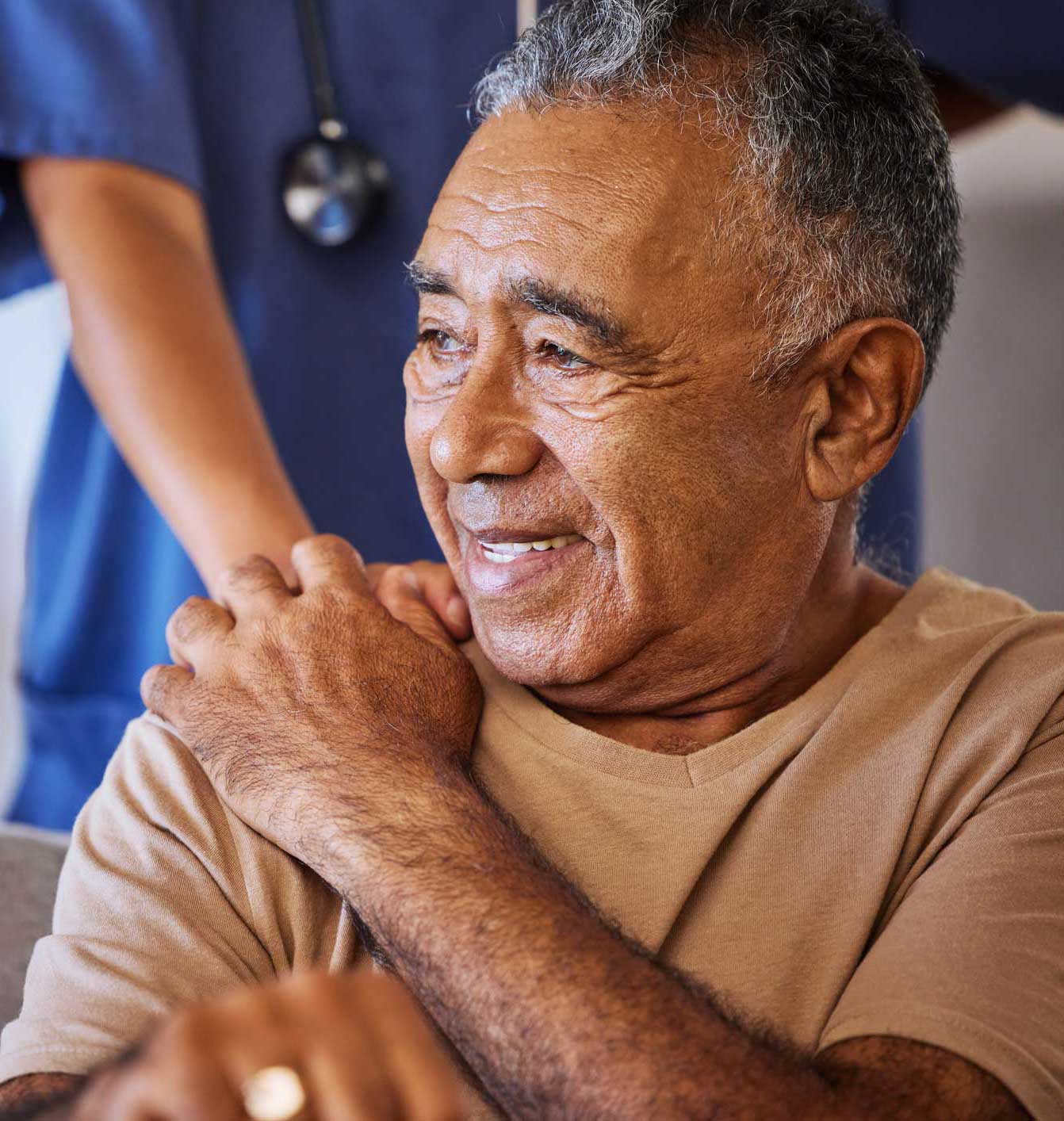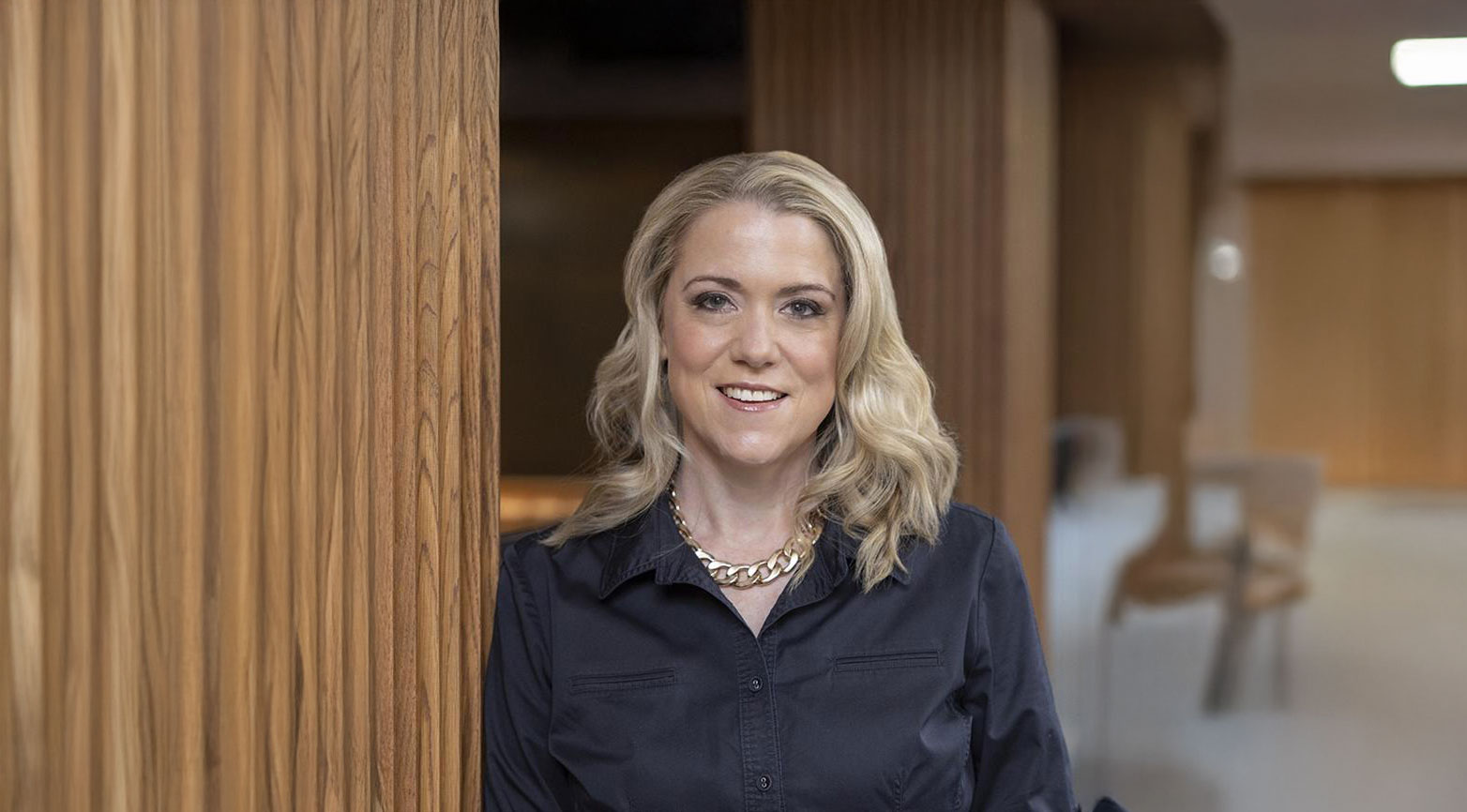Stroke occurs when a blood vessel supplying blood to the brain suddenly becomes blocked or ruptures and begins to bleed, cutting off oxygen and nutrient supply. It remains a major health concern in Australia with over 34,000 first-time strokes identified in 2023. By 2050, this number is predicted to almost double to 50,600 Australians. Furthermore, individuals living in regional areas are 17% more likely to suffer a stroke.
Almost half a million Australians are living with the impact of stroke and the estimated NDIS cost alone is over $1bn annually. Better prevention, earlier and more accessible treatment and recovery management plans are necessary to make significant inroads in improving stroke outcomes, and the associated health and economic gains.
To address this national health problem, the ACvA convened a series of national workshops, facilitated by Professor Geoffrey Donnan AO and Professor Julie Bernhardt AM to bring together participants from across the sector (consumers, researchers, clinicians and industry) to identify research priorities that, if addressed, have the potential to make significant strides in improving stroke outcomes.
Priority Areas Identified
- Atrial Myopathy and Embolic Stroke of Undetermined Source (AMES) - Defining atrial myopathy, better characterisation of ESUS, and exploring the links between atrial disease, stroke, and cognitive decline.
- Stroke Rehabilitation - Developing a national framework for action to improve accessibility and quality of stroke rehabilitation in Australia.
Stroke Co-leads:
- AMES Project: Professor Mark Parsons and Professor Ben Freedman
- Stroke Rehabilitation: Professor Natasha Lannin and Professor Graeme Hankey

Stroke Rehabilitation is an unmet need
In 2023, 45,785 Australians experienced a stroke — a medical emergency that can cause long-term disability or even death. Strokes occur suddenly and can affect anyone, highlighting the urgent need for greater awareness, prevention, and access to timely treatment.
survivors of stroke living in the Community
of paid supports were
provided by the National Disability Insurance Scheme
Stroke Rehabilitation Priorities
Identified areas of priority for Stroke Rehabilitation:
To improve the state of stroke rehabilitation in Australia, the Stroke Rehabilitation Steering Group recently published a Call-to-Action.
Using the World Health Organisation’s Systematic Assessment of Rehabilitation Situation (STARS) tool, the group identified key gaps in policy, clinical practice, and funding. This publication outlines practical steps to strengthen stroke rehabilitation services and ensure equitable, high-quality care for all Australians affected by stroke.
Key Issues identified
- Current rehabilitation focuses on short-term recovery despite strong evidence supporting rehabilitation across the full recovery continuum.
- Persistent unmet needs remain among stroke survivors, particularly Aboriginal and Torres Strait Islander populations
- Lack of national stroke rehabilitation data
- Unclear leadership and governance structures
- Financing challenges exist between health and disability systems
- Underfunded and undertrained stroke rehabilitation workforce
- Inadequate service delivery
- Limited uptake of technology-enabled solutions
Project Title | Description |
|---|---|
A National Framework for Action to Improve Access and Quality of Stroke Rehabiliation | Developing a national call to action to address key gaps in stroke rehabilitation policy, clinical practice, and funding. |
News and Publications
Browse the latest blog articles, research insights, and educational resources in cardiovascular and stroke health.

Press Release: New National Stroke Rehabilitation Framework Receives ACvA Funding
A new project to improve stroke rehabilitation in Australia has been awarded a Clinical Themes Initiative Seed Funding Grant by the ACvA

Professor Natasha Lannin - Shaping National Priorities for Stroke Rehabilitation
ACvA Board Director Professor Natasha Lannin’s path to becoming a clinician researcher in stroke rehabilitation wasn’t a straight line. Originally studying architecture, her life changed when a family member was involved in a serious accident.
Join Us in Making a Difference
Join our communityBe part of a national community shaping cardiovascular and stroke research. Get involved today.
